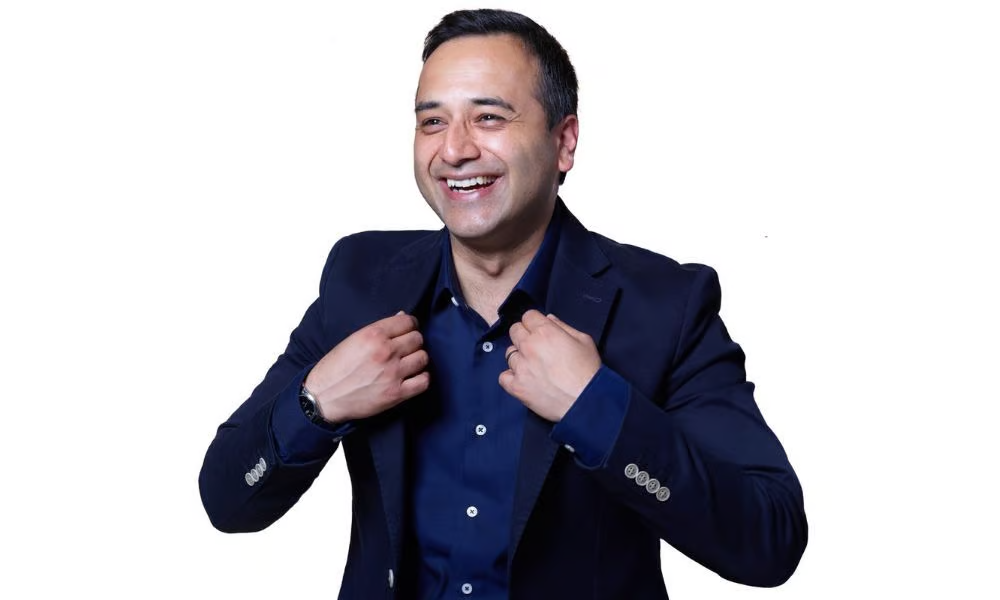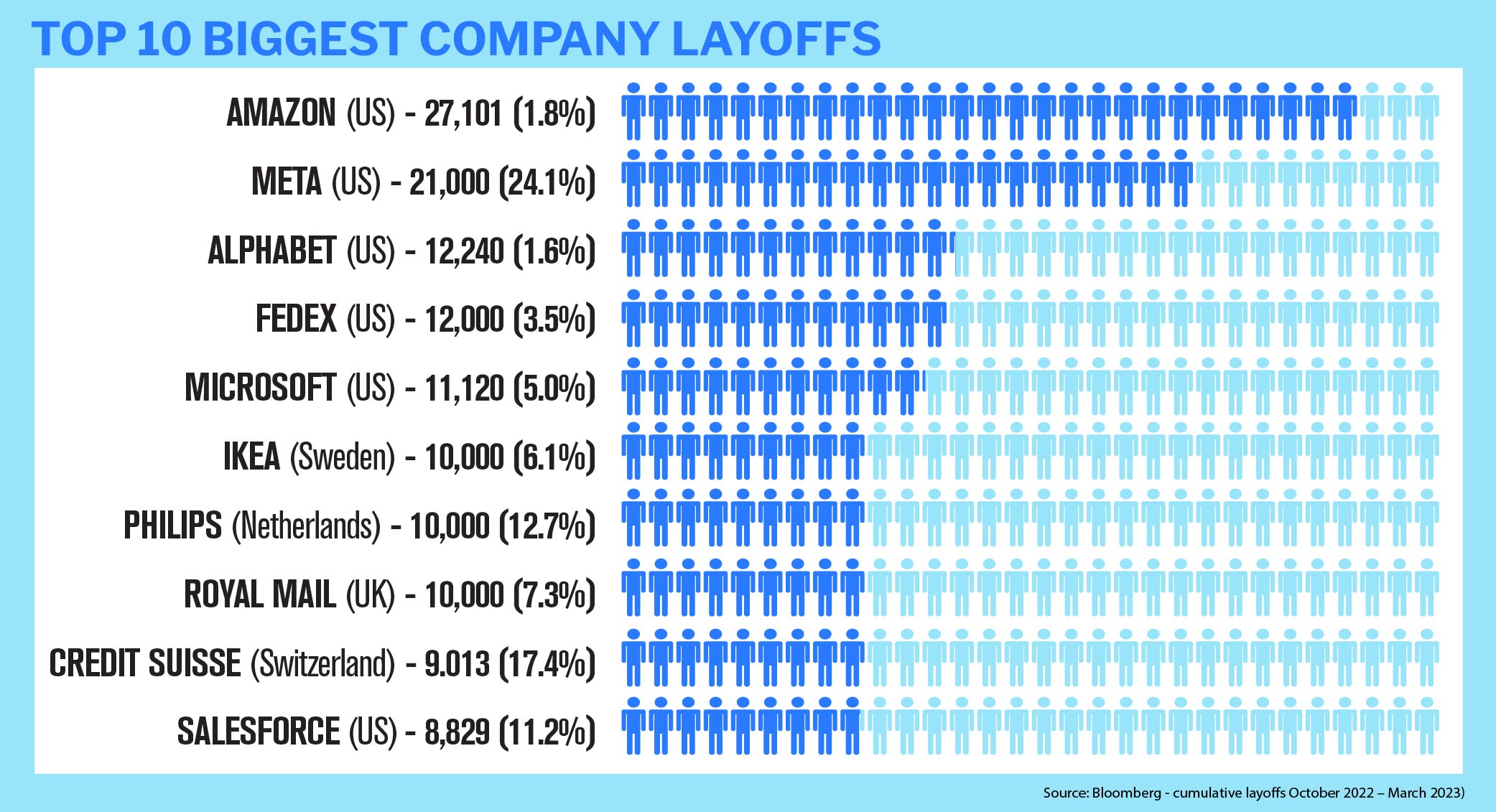
Roopesh Panchasra chats to HRD on hiring a chief of staff, old-dated succession plans and future of talent market

When recruiting a chief of staff for Uber’s CEO, Roopesh Panchasra (pictured above) found himself facing down a challenge.
As the global head of executive talent acquisition at Uber, Panchasra knows a lot about about recruitment. And, even though he’s hired leader after leader across his career, certain roles require some out-of-the box thinking – such as a chief of staff.
“The most challenging roles to fill aren’t always the most senior,” he tells HRD. “The chief of staff role is very key and a perfect example – it’s that person that stands side by side with the leader they’re supporting, which in this case was our CEO. They’re in charge of a broad range of responsibilities - whether it’s workforce planning or leadership succession, helping with the strategic direction or being a stand-in at an important meeting. So, realistically, a chief of staff could be recruited from a whole host of different backgrounds.”
Panchasra didn’t go down the typical HR route for the role. Instead, he looked at multiple dimensions when identifying the right candidate. Skills, tenacity, detail, urgency, courage and someone who can engage at every level of a business without being fazed.
“A lot of it came down to personality,” he tells HRD. “We looked at empathy levels and at understanding – rather than looking at specific box-ticking requirements. So, unlike most executive assignments where you know the skills and responsibilities you need to find in a person, we ended up hiring someone internally – someone we knew would be perfect.”
That hire was lifted from their in-house legal team – a leading figure under Uber’s general counsel. Not an obvious choice, Panchasra concedes, but a great fit nonetheless.
“They were someone that had the attention to detail a chief of staff role demands,” he tells HRD. “They understood the business and could help with strategic direction, they had that high level of EQ and IQ that you need to interact on a daily basis with your CEO.”
Often, hiring isn’t an exact science. And considering the way the talent market is heading right now, employers need to get smarter in how, where and who they recruit. A recent report from Korn Ferry estimated that by 2030, there could be a talent shortage of over 85 million people, resulting in an economic impact of $8.5 trillion. Further reports from ManpowerGroup found that in 2023, 77% of companies globally are reporting talent shortages – the highest in 17 years.
And it’s not just the general employee population that’s jumping ship: CEOs have been stepping down en masse too. So far this year alone, 106 CEOs have retired and a further 25 have stepped down, according to data from Forbes. YouTube’s Susan Wojcicki, M&C Saatchi’s Camilla Kemp, Starbucks’ Howard Schultz – the list goes on and on.
But what’s driving this mass exodus? Well, according to Panchasra, it all comes down to market sentiment.
“Post-pandemic, there was a blast of optimism. Everyone was rushing to hire as many people as possible – it was a race to get the best talent through the door. Companies over-hired and they overpaid. Now, we’ve come to a period of stability and employers are realizing that they don’t need as many people as they thought they would. Then come the layoffs – which come in waves and have a knock-on effect on the C-suite.”
The tech sector has seen round after round of layoffs this year – with the total number of layoffs for 2023 currently sitting at 197,985 across 695 organizations. This uncertainty is driving layoff anxiety amongst existing staff as well as survivor syndrome in those colleagues left behind.

For HR, it’s become a minefield – how do you manage C-suite expectations, hit budgetary and business requirements, whilst also safeguarding your own and your team’s mental wellbeing? For CEOs and executives looking at the unfolding situation, it’s given rise to thoughts of moving on and doing something different. As Panchasra tells HRD, the layoffs have pushed some into new paths.
“If there were senior executives or CEOs thinking of retiring, the situation has probably just expediated that process,” he says. “I think it's across the industry at all levels. Quite often, it excludes the most senior people, but right now, it's at every level. So it's not a surprise that a lot of companies are streamlining, creating efficiencies and trying to reduce costs. And sometimes the costs are more exaggerated at the very, very top of the organization.”
When a CEO steps down, and it’s somewhat unexpected, it creates a whole host of headaches for HR and hiring managers. Which is why succession planning should always be a proactive rather than reactive process. Despite this, research from Deloitte found that 56% of organizations have a succession plan in theory - but only 35% have a documented plan in place.
So how difficult is it to recruit for a senior-level position without a plan in place? There’s two ways of looking at this, according to Panchasra.
“While a lot of companies do have a succession plan in place, in my opinion they’re not very effective,” he says. “There’s a traditional way of building succession lists – meaning you could have four people on a board, then a pipeline beneath them looking at who could and would be able to step up to the plate if needed. This is the method a lot of companies use.”
Panchasra likens it to a spreadsheet exercise – useful in theory but not in practice. What tends to happen when a leader leaves, he tells HRD, is that the number of people on that initial succession list who are actually successful in securing that role is very small. This is because a leadership departure gives an organization the opportunity to rethink and reshape that role.
“Should this role have the responsibilities it always did? Should we carve out certain teams? Do we need a different skill set? What were the gaps and how can we fill them with the next person? Even though that initial exercise is somewhat useful, in reality, when it comes to that position being vacant, it's a different role with a different scope and a different level of responsibility. So you're almost starting again.”
It's this idea of skill-first recruiting that’s gaining momentum in 2023. The idea that you’re recruiting for the actual abilities a role demands – not necessarily the experience or even career background. As Panchasra’ s legally led chief of staff hire proved, you don’t always have to recruit someone with a picture-perfect CV.
“You’re looking at who in the organization has the ‘currency’,” says Panchasra. “By that I mean who’s been at the organization a long time, who has the network, who knows how to lead? Who is known?”
And that doesn’t necessarily mean the candidate has to have done the job before – only that they have the broader ability to dominate the role.
“Does a chief marketing officer have to have done marketing as the old-fashioned succession plans suggest? I don't think so - because at that level, it's all about leadership, inspiring your workforce, providing guidance and understanding how to run a business.”
This skills currency is gaining popularity in more innovative organizations. Not only does it allow employers to grow and reevaluate roles, it also promotes internal hiring – something which is known to foster loyalty and improve engagement. And at Uber, Panchasra is taking this idea and running with it.
“Certainly in our technology sector at Uber, we're being more creative in hiring,” he says. “We're not just looking at the usual suspects, like some FAANG companies, we’re looking at other organizations that could have incredible talent and fine-tuning our ability to access that talent – rather than saying ‘You must have worked at one of these companies to apply.’”
Internally, it’s about being more creative in your recruitment plans. And externally, employers need to start looking at organizations you wouldn’t normally consider hiring from. This will be the key to thriving in the chaotic talent market of 2023 – one in which we’re paradoxically experiencing mass layoffs and an acute talent shortage all at once. A talent crisis Panchasra believes will only get worse before it gets better.
“I do think this situation will continue for a while,” he tells HRD. “Especially given what happened over COVID, where people were overpaid and companies were over hiring. Employers are now realizing this isn’t cost-effective – they don’t need as many people as they originally thought they would and the layoffs start. I think this trend is going to continue at least for the best part of this year.
“We’ll see more companies create more efficiencies, I think we'll see more companies prioritize the work that they do, rather than do everything all at once. And that has a direct impact on lots of teams and individuals.”